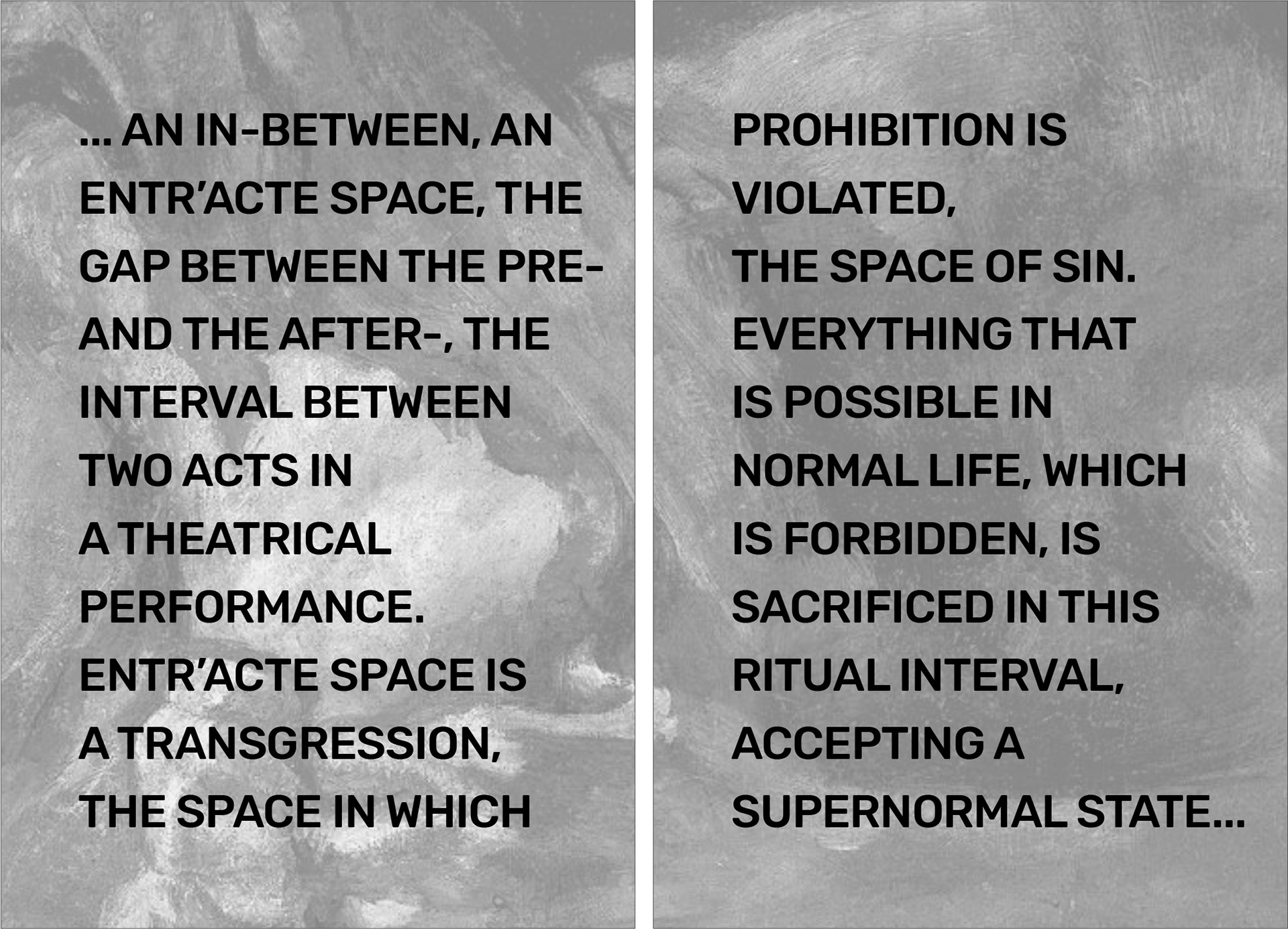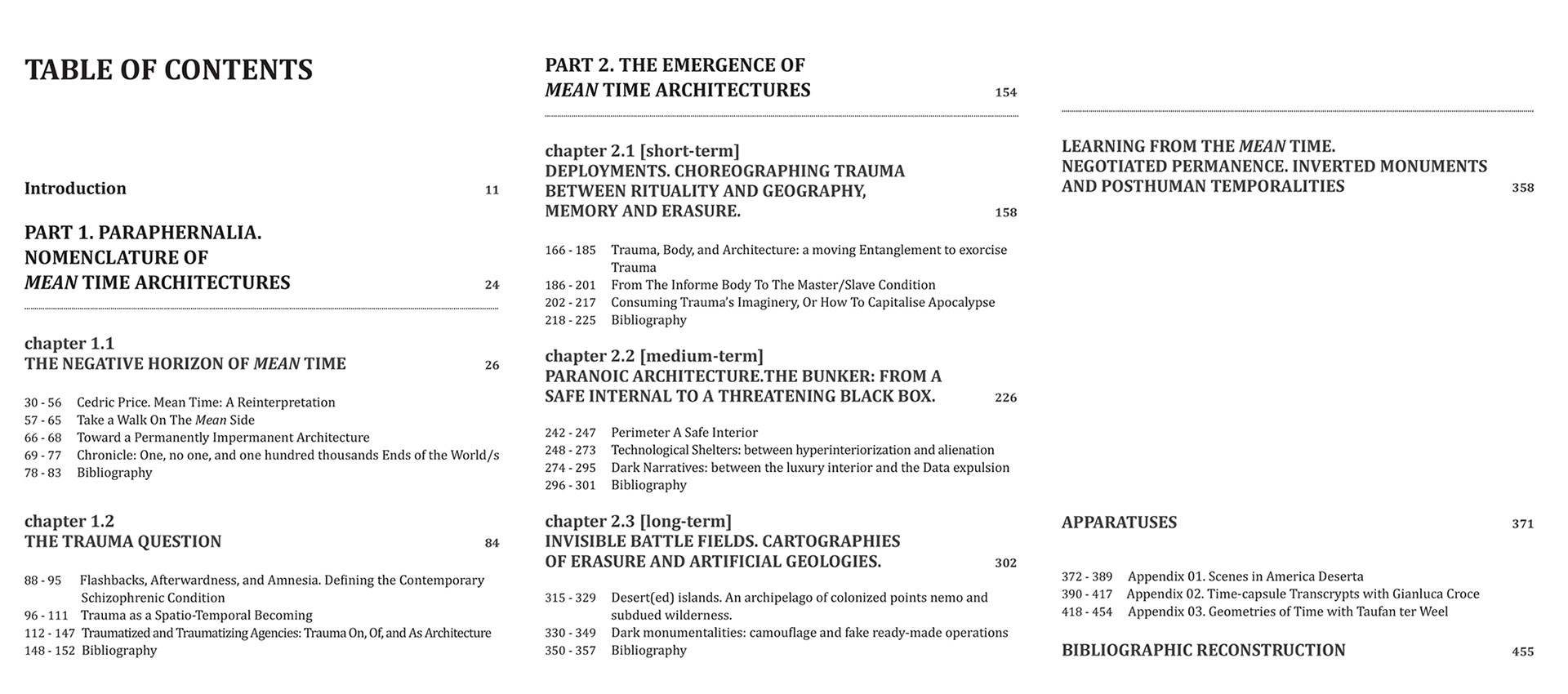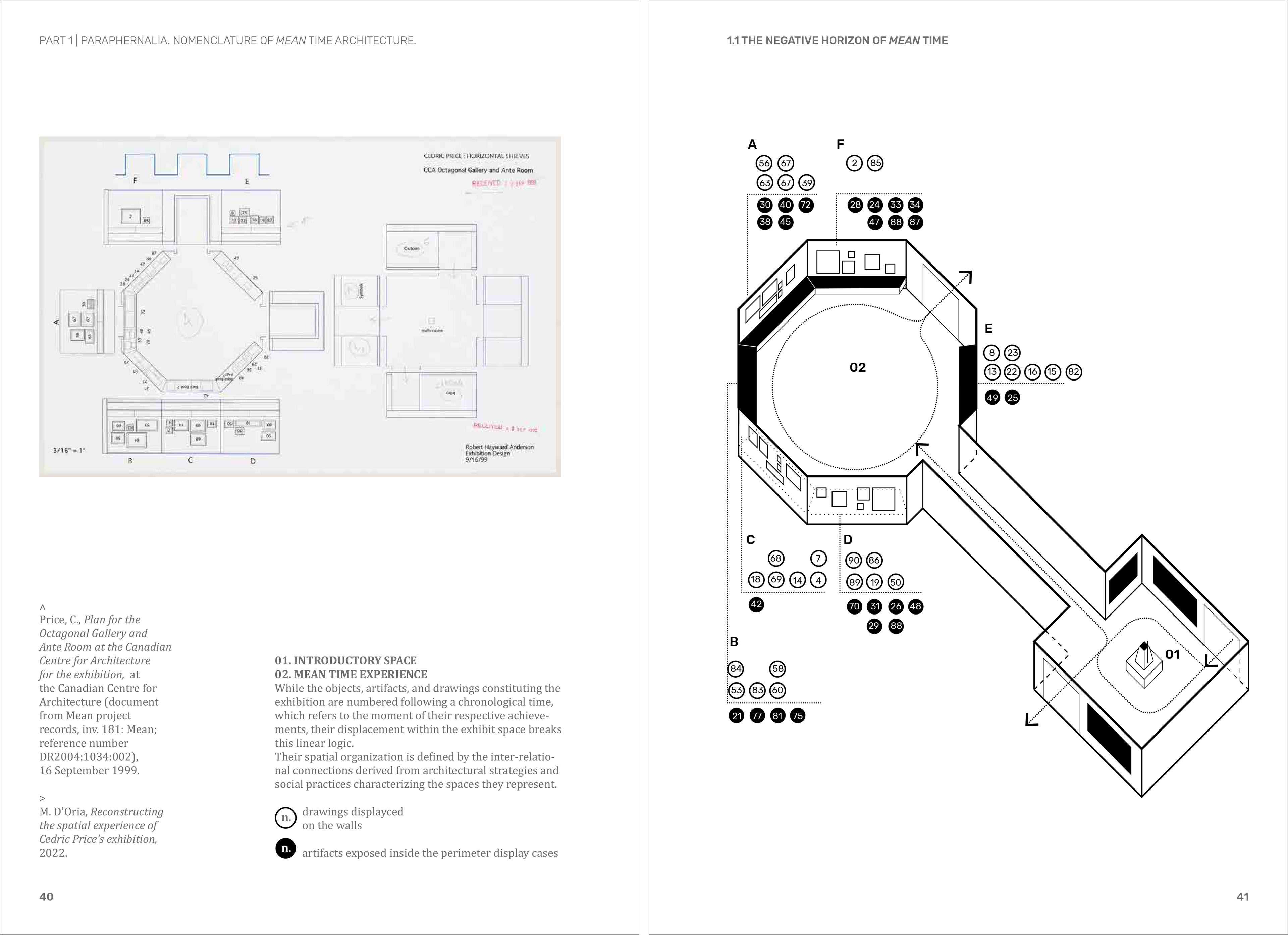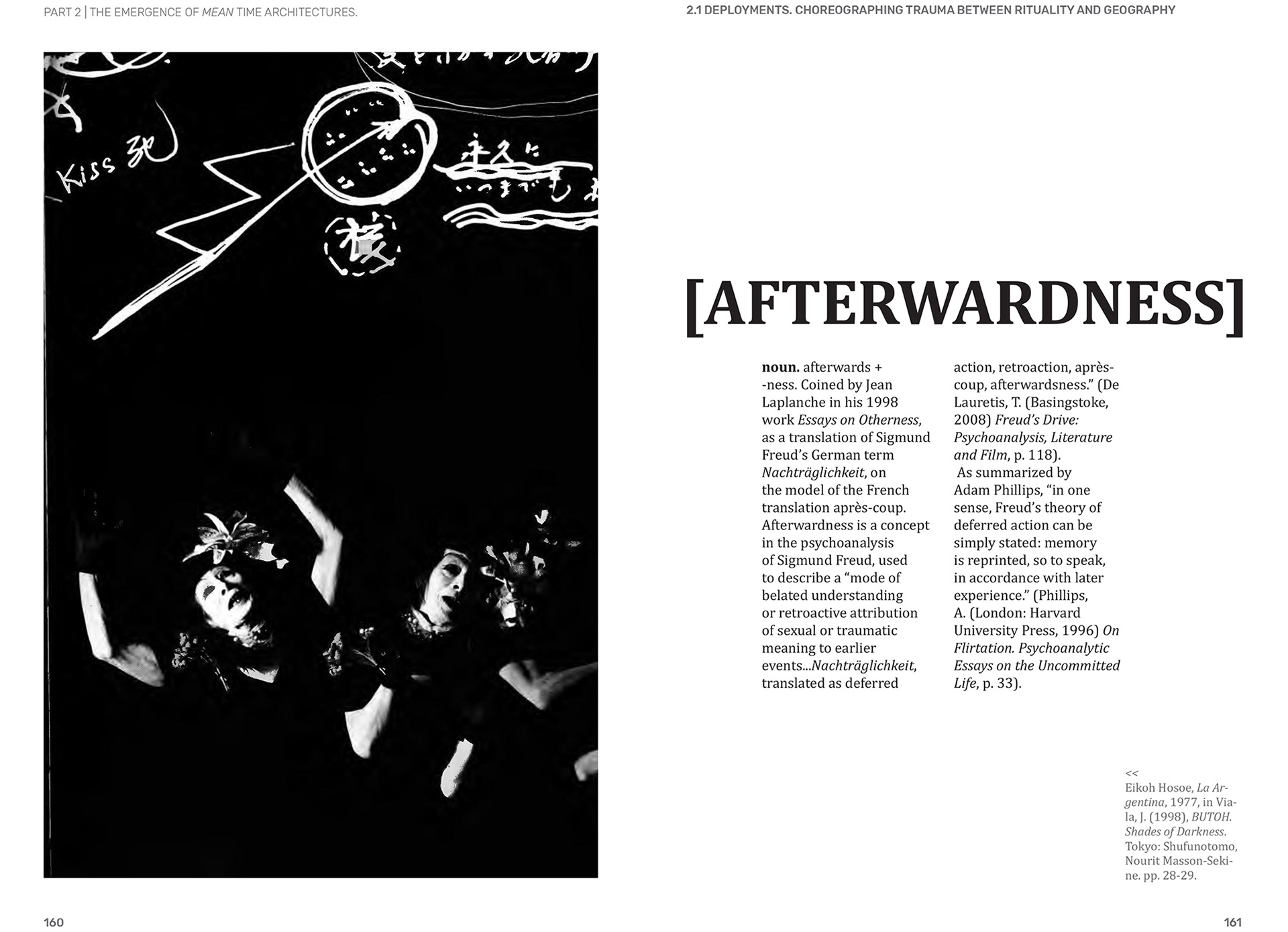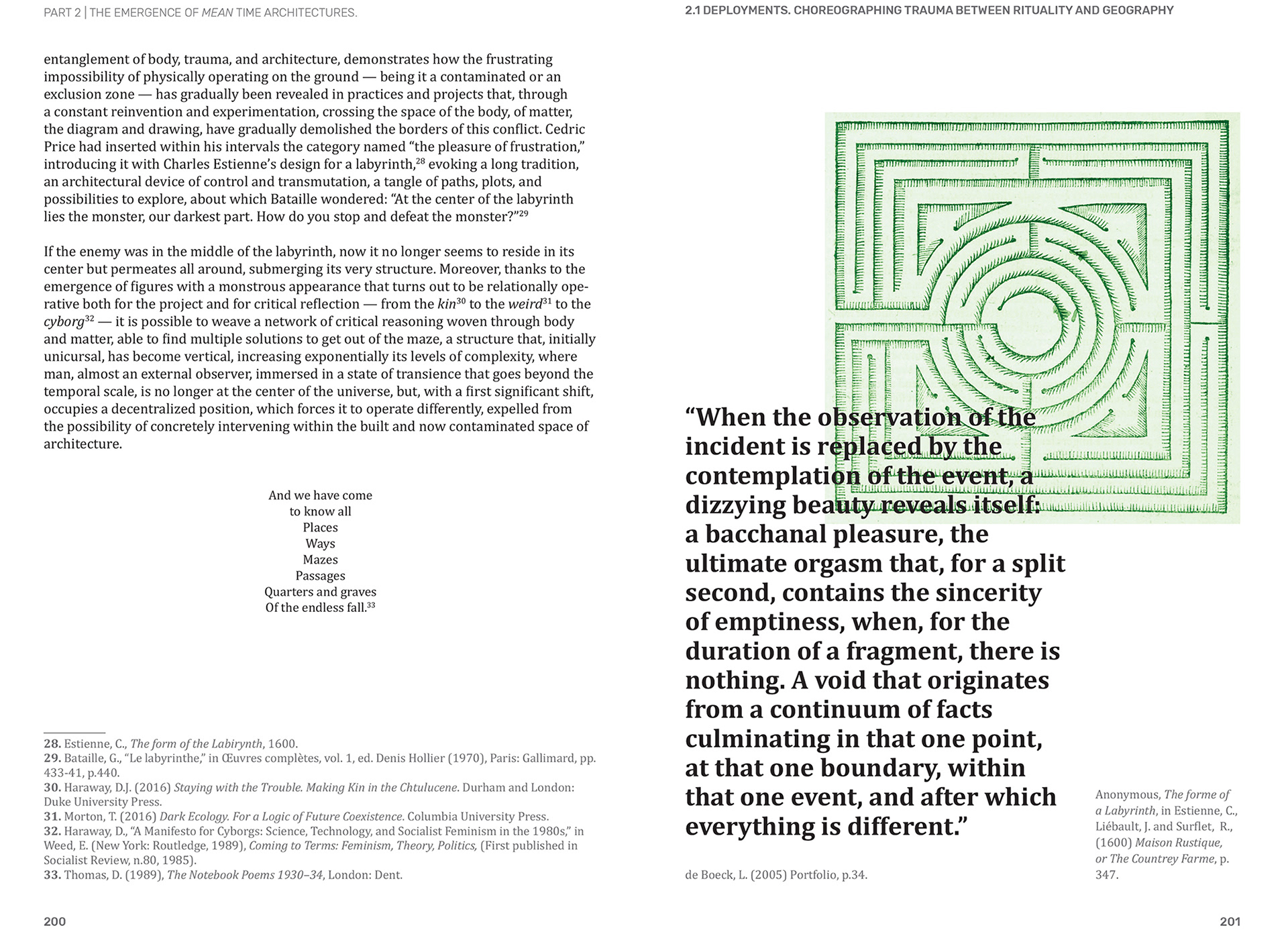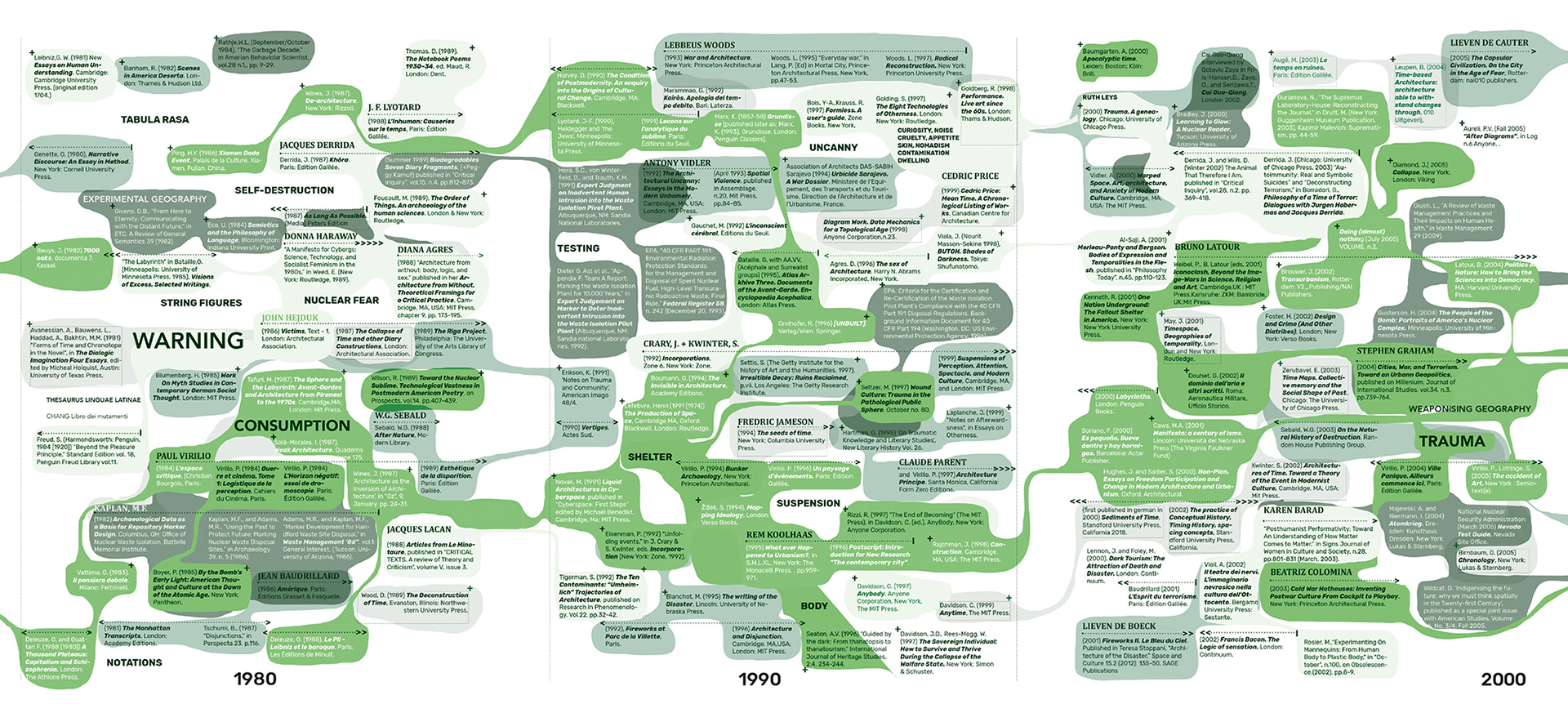Mean Time. Expiring Architecture
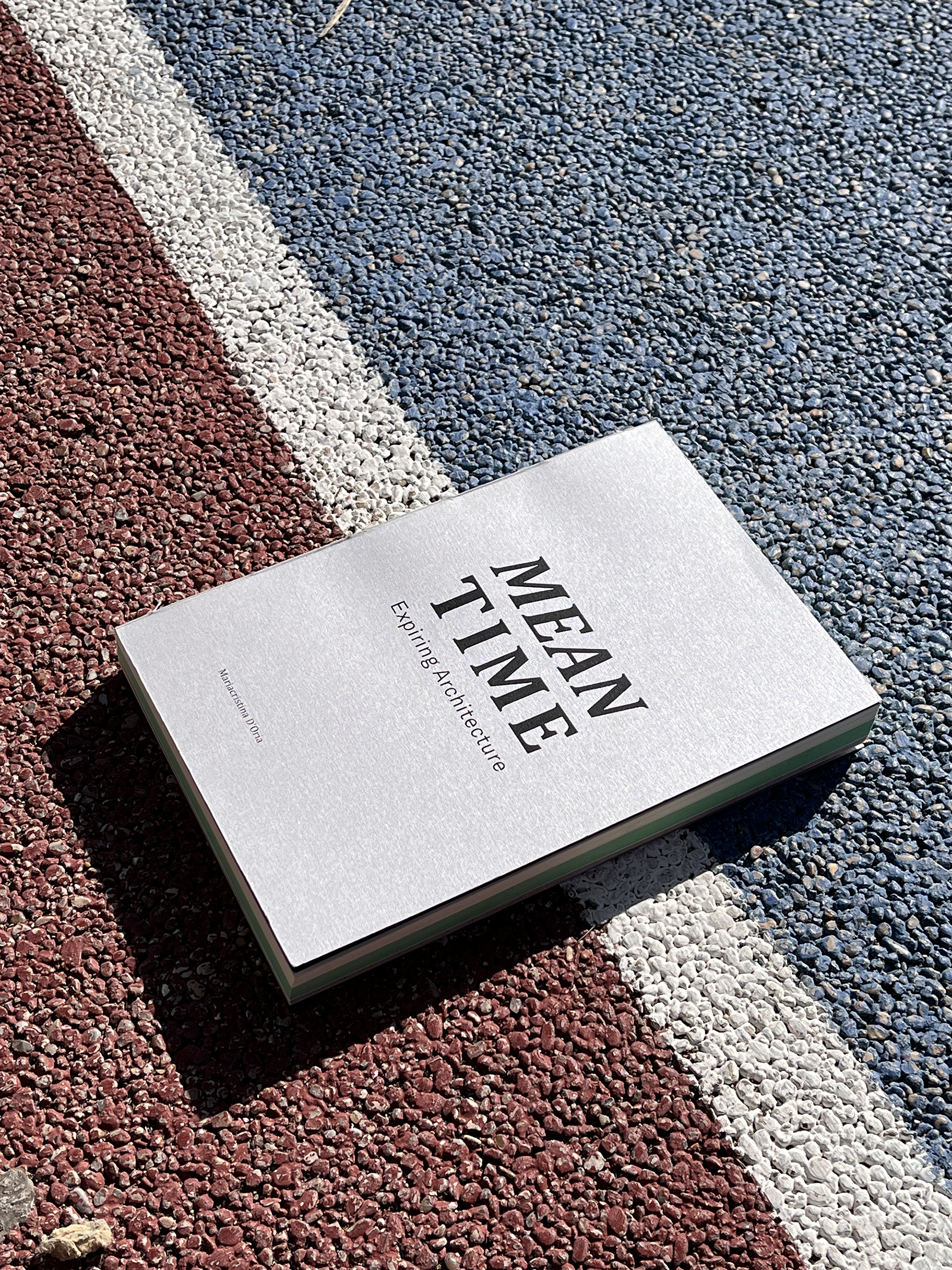
Mean Time. Expiring Architecture
type: PhD thesis
year: 2022
published by: in progress
key words: traumatized and traumatizing agencies, transitional space-time fragments, Cedric Price
The distance that separates us from the imminent ends of the worlds is reduced progressively. As a result, humans, and thus, architecture, are forced to navigate within a permanent condition of impermanence.
Drawing a reinterpretation of Cedric Price’s notion of mean time, the research adopts his methodology to identify the transitory space-time fragments generated by the increasing occurrence of man-made catastrophes within the contemporary entropic condition in which we are immersed. In addition to Price’s definition, the term mean here refers not only to an in-between state but also to cruelty. Therefore, shifting the scope to the present-day condition, the research investigates the temporal intervals characterized by transience and trauma, precariousness and shock, and temporariness and violence, exploring these issues through the entanglement between body, trauma, and architecture, focusing on the three different agencies through which it unfolds, functions, expands, and operates: trauma on, of, and as architecture. While in the first one, architecture embodies the role of the medium of disaster, the other two reveal unexpected components. Firstly, architecture becomes the trauma’s agent, employed intentionally within unbuilt projects to trigger critical questioning on complex situations, inserted in of speculative design. It is, then, this crucial employment of the representational tools that is further pushed within the third agency, which records architecture as the representation of the trauma itself.
Impacted by trauma, architecture mirrors the same symptoms of the traumatized body, activating, on the one hand, processes and strategies to react and contain it and, on the other, being affected in its physical and theoretical body by spatial-temporal distortions, radical interruptions, and the aporia of representation.
The work articulates its exploration across three mean time intervals, whose length progressively expands, shifting from the short (days), medium (years), and long (centuries) terms. The short-term retrace practices willful to exorcise and overcome trauma through cyclical rituals and reiterated operations: movements, trajectories, and practices that employ repetition, erasure, re-enacting, and sometimes, spectacularization, face the aftermath of painful events to heal their effects. The medium-term addresses the bunker taxonomy, the body’s protective archetype that employs and represents an obsession for stability, resistance, and permanence. The long-term embrace projects that deal with geological time, exploring architectural strategies to operate on landscapes and territories traumatized by the emergence of threatening hyperobjects.
From this taxonomy, a gradual topological inversion emerges, shifting from protection to containment – from shelter and bunker to containment shield, such as the nuclear waste repository.
Furthermore, the architectural tendency to confront the aporia provoked by the contemporary entropic condition emerges the relevance of the design process intended not only as a tool to intervene materially on the landscape but, additionally, as a powerful explorative practice to trace possible scenarios for the future through representation, being it unfolded on the paper surface or displaced to shape a spatial experience. Finally, if the starting point of the research records its roots in Cedric Price’s exhibition, the investigated projects and the personally designed and realized installations resonate with it. Thus, starting from Price’ methodology and drawing from it parallel reasoning and practice, emerged the potential of the exhibition and installation as explorative means and stimulating experimental testing grounds to trigger an operative reconstruction of our contemporary condition.
